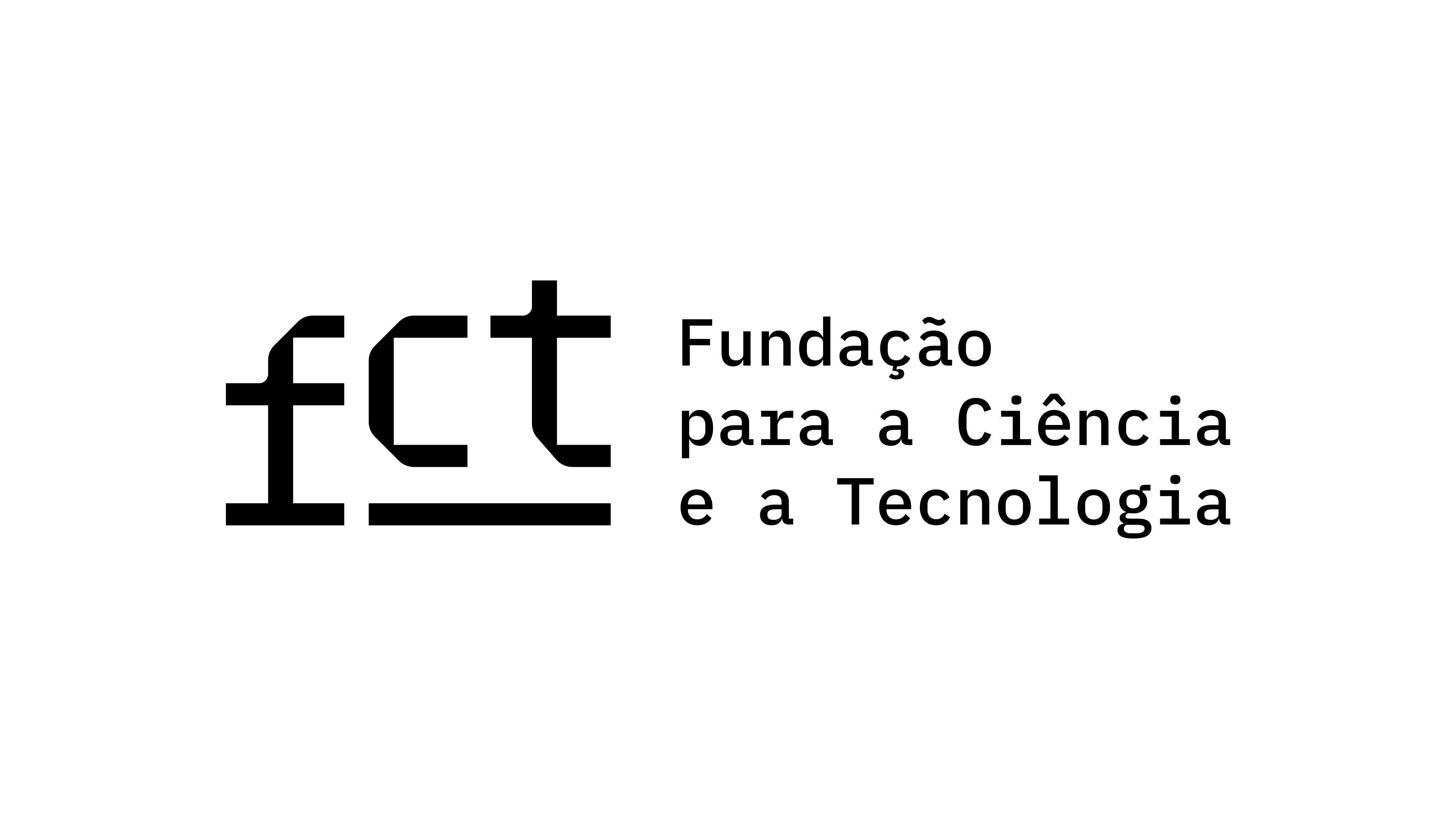Painting at the Beginning of Time: Deleuze on the Image of Time in Francis Bacon and Modern Cinema
Keywords:
Gilles Deleuze, Francis Bacon, Rhythm, Time, Cinema, Color ModulationAbstract
“There is a great force of time in Bacon, time itself is being painted.” Gilles Deleuze’s short study of the work of the painter Francis Bacon, Francis Bacon: The Logic of Sensation, contains numerous assertions of Bacon’s ability to paint time. These assertions are in every instance brief; apart from some oblique references to Chronos and Aion—the Stoic time concepts Deleuze develops in The Logic of Sense—Deleuze does little to spell out this idea that Bacon is a painter of time—or, more generally, that time admits of being painted. In this paper, I argue that Deleuze’s understanding of Bacon’s painterly presentation of the “force of time” can be fruitfully explicated through comparison with the text that immediately follows Francis Bacon in Deleuze’s oeuvre: his two-volume study of cinema. Focusing primarily on the second of the Cinema volumes, I argue that Deleuze’s account of post-war cinema’s composition of a “direct presentation of time” parallels his account in Francis Bacon of the composition of the eponymous painter’s pictures and thereby points us toward the fundamental temporal dynamism Deleuze discovers in painting. At the most general level, I argue, these parallel accounts of painterly-cinematic composition identify three essential compositional steps, which I analyze in depth:
1) The elimination of clichéd forms of perception through the careful application of chaotic pictorial elements. This is achieved in cinema through the use of what Deleuze calls aberrant movement; in Bacon’s painting, through what he calls the diagram.
2) The emergence from this chaos of a new, clear image, unclouded by clichés. Deleuze’s name for this clarified image in cinema is pure optical and sound situation; in Bacon, the Figure.
3) The establishment of linkages within this emergent image, through which time is made sensible. In cinema, this linkage occurs between the pure optical and sound situation and a virtual image, and its result is a time-image. In Bacon’s painting, this linkage occurs between the Figure and the color-field surrounding it, and its result is color-modulatory pictorial rhythm.
It is here, I argue, in Deleuze’s analysis of Bacon’s color modulation and the rhythm that underpins it, that we find the sense of his claims for Bacon as a painter of the force of time. Bacon, I argue, creates a kind of painterly image of time through the use of a compositional procedure which is remarkably similar to that employed by the great post-war directors: eliminate clichéd modes of perception through a controlled deployment of chaos, allow a clear image to emerge from this chaos, establish synthetic linkages within this new image.





